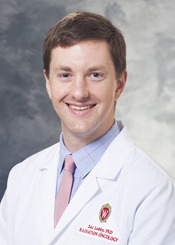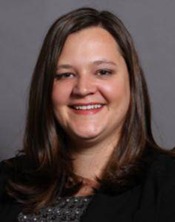Program Information
Practical Statistics for Medical Physicists

M Altman
W Sensakovic
Z Labby
E Hipp
M Altman1*, W Sensakovic2*, Z Labby3*, E Hipp4*, (1) Washington University School of Medicine, St. Louis, MO, (2) Florida Hospital, Orlando, FL, (3) University of Wisconsin, Madison, WI, (4) University of Vermont Medical Center, Burlington, VT
Presentations
4:30 PM : Clinical trials and the medical physicist: design, analysis, and our role - M Altman, Presenting Author4:50 PM : Implementation and Analysis of Observer Studies in Medical Physics - W Sensakovic, Presenting Author
5:10 PM : Analysis of Dependent Variables: Correlation and Simple Regression - Z Labby, Presenting Author
5:30 PM : Hypothesis or Hypotheses, That is the Question - E Hipp, Presenting Author
MO-FG-206-0 (Monday, August 1, 2016) 4:30 PM - 6:00 PM Room: 206
Physicists are often expected to have a solid grounding in experimental design and statistical analysis, sometimes filling in when biostatisticians or other experts are not available for consultation. Unfortunately, graduate education on these topics is seldom emphasized and few opportunities for continuing education exist. Clinical physicists incorporate new technology and methods into their practice based on published literature. A poor understanding of experimental design and analysis could result in inappropriate use of new techniques. Clinical physicists also improve current practice through quality initiatives that require sound experimental design and analysis. Academic physicists with a poor understanding of design and analysis may produce ambiguous (or misleading) results. This can result in unnecessary rewrites, publication rejection, and experimental redesign (wasting time, money, and effort).
This session will provide a practical review of common study designs and statistical tests. Instruction will primarily focus on practical implementation and answer questions such as: when a test/design is typically applied, what information is attained, and when the test/design is typically misapplied (i.e., common pitfalls).
Learning Objectives:
1. Understand common experimental designs, what questions they can answer, and how to interpret their results
2. Review basic statistical tests commonly implemented in medical physics
3. Determine where specific statistical tests are appropriate and identify common pitfalls
4. Identify multiple hypothesis testing and how it impacts reported results
Handouts
- 115-31919-387514-119630.pdf (M Altman)
- 115-31920-387514-118715-398455009.pdf (W Sensakovic)
- 115-31921-387514-118826-236435800.pdf (Z Labby)
- 115-31922-387514-118875.pdf (E Hipp)
Contact Email:




